Search
Remove Ads
Advertisement
Summary 
Loading AI-generated summary based on World History Encyclopedia articles ...
Search Results
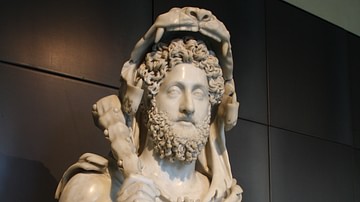
Definition
Commodus
Commodus was Roman emperor from 180 to 192 CE. With the death of Roman Emperor Marcus Aurelius in March of 180 CE, the long reign of the five good emperors came to an end and with it so did the Pax Romana (the Roman Peace). Those emperors...
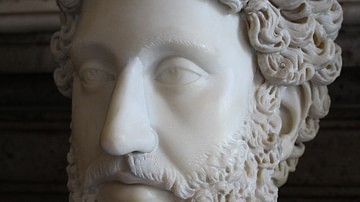
Image
Commodus
A marble bust of Roman emperor Commodus, r. 180-192 CE. (The Vatican Museums, Rome).

Image
Commodus (Artistic Facial Reconstruction)
A photorealistic representation of what the Roman emperor Commodus (r. 180-192 CE) may have looked like. Based on contemporary and near contemporary descriptions, as well as archaeological evidence. Pictured alongside the reconstruction...

Image
Commodus (Reconstruction)
A photorealistic representation of Roman emperor Commodus (r. 180-192 CE). Made using Artbreeder, a neural net tool.

Image
Commodus As Hercules
A marble bust of Roman emperor Commodus as the hero of Greek mythology Hercules, c. 190-2 CE. (The Capitoline Museums, Rome)
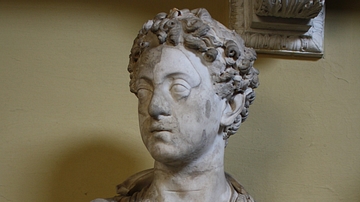
Image
Commodus as a Young Man
A bust of Roman emperor Commodus (r. 180-193 CE) as a young man. From Ostia. (Vatican Museums, Rome)

Video
Commodus - The Gladiator Emperor #18 Roman History Documentary Series
Go to https://curiositystream.thld.co/SPQR_0222 and use code SPQR to save 25% off today, that’s only $14.99 a year. Thanks to Curiosity Stream for sponsoring today’s video. On this channel we focus on Roman History and right now we're...
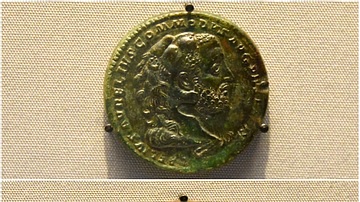
Image
Medallions showing Commodus as Hercules
The Emperor Commodus wished to be identified with the god Hercules. On these medallions, he is depicted as Hercules, with a lion-skin headdress (upper image). He is also shown ploughing a ritual furrow to re-found Rome in his own name (lower...
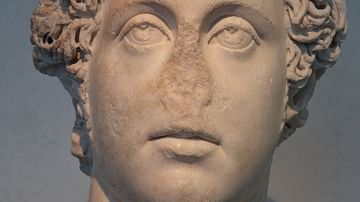
Image
Roman Emperor Commodus, Palazzo Massimo
A marble head of Commodus, end of 2nd century CE, from Rome. (Palazzo Massimo alle Terme, Rome)
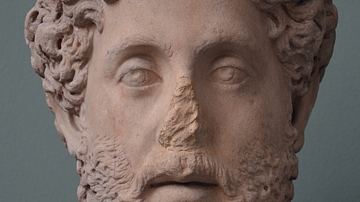
Image
Roman Emperor Commodus
A marble head of Roman Emperor Commodus, c. 191-192 CE. (Ny Carlsberg Glyptotek, Copenhagen)